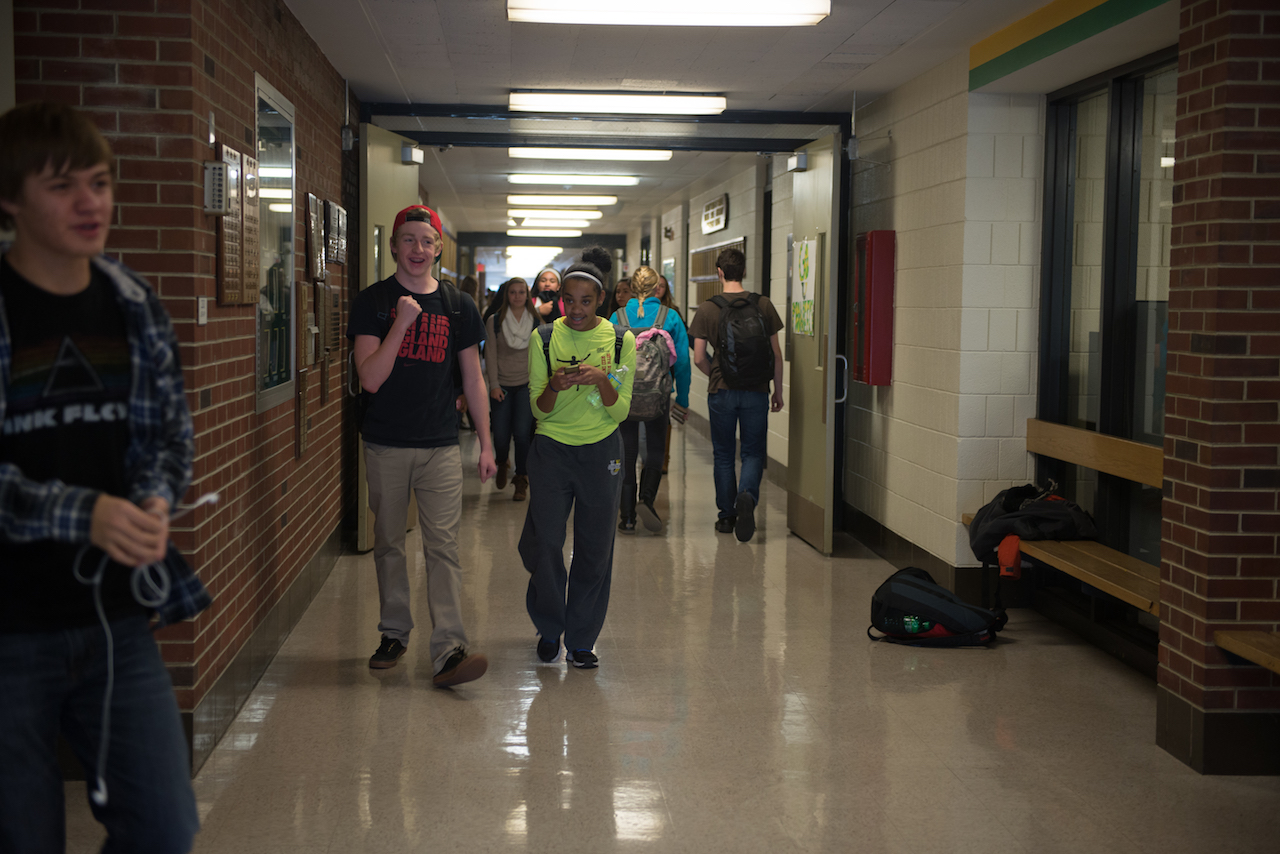The following resources focus on the educational climate and betterment of those serving the K–12 educational community.
How Are Districts Measuring Progress on SEL? Districts across the country have zeroed in on the value of social-emotional learning, incorporating homegrown or pre-packaged programs into their school days. In a recent webinar hosted by Education Week and Panorama Education, leaders from Woodridge School District outlined their program and the benefits of tracking progress. (Education Dive, November 14)
How Will Education Policy Be Shaped Under President Trump? With Trump’s focus on the U.S.-Mexican border, limiting immigration, repealing the Affordable Care Act and generally erasing Obama administration policies, discussion on education had been few and far between on the campaign trail. The positions Trump has mentioned–convincing states to divert another $110 billion into school choice; repealing Common Core; reducing or eliminating the Department of Education–remain fairly ambiguous goals that, in some cases, raise more questions than they answer. (WTTW, November 14)
Redefining Well-Rounded Education: The Department released guidance last Friday urging states and school districts to use funding through a new block grant created by the Every Student Succeeds Act for a well-rounded education. The grant focuses on safe and healthy students, and how technology can be integrated into schools to improve teaching and learning in addition to emphasizing access to a well-rounded education that includes a wide variety of disciplines – such as music, the arts, social studies, environmental education, computer science and civics. The guidance suggests ways to use the funds, discusses the role of state education agencies, details fiscal responsibilities, and identifies local application requirements.
Social and Emotional Learning Explained: How SEL Helps Students in College, Career, and Life: Social and emotional learning (SEL) develops people’s ability to make successful life choices, to achieve academically, and to be college and career ready. In this video, Nick Yoder, AIR senior technical assistance consultant, explains how SEL can help students and what research says about its effectiveness.
Dropout Rate Continues to Decline, Demographic Differences Persist: The share of 16- to 24-year-old civilian, noninstitutionalized Americans not in high school and without a credential in 2013 was 6.8 percent, down from 14.1 percent in 1973, according to an AIR report for NCES. The dropout rates for Asian (3.2 percent) and white (5.1 percent) young adults were lower than those of their black (7.3 percent) and Hispanic (11.7 percent) peers.
WI – $6 million Sought for School Mental Health: Wisconsin’s top educator Tuesday requested nearly $6 million to expand mental health services for students, including hiring more social workers, establishing clinics in schools and training school staff. State Superintendent Tony Evers’ request will be considered as part of the state’s 2017-19 budget. (USA Today Network, November 16)
Two New UChicago Consortium Studies Examine the Effects of Selective Enrollment and High-Performing High Schools on Students’ Outcomes and High School Experiences: A working paper jointly released by the University of Chicago Consortium on School Research (UChicago Consortium) and the Federal Reserve Bank of Chicago finds that students from low-income neighborhoods who attend selective enrollment high schools report better school environments but may have lower GPAs and be less likely to attend a selective college. Visit the UChicago Consortium website to read the research:
- The Role of Selective High Schools in Equalizing Educational Outcomes: Heterogeneous Effects by Neighborhood Socioeconomic Status (Barrow, Sartain, & de la Torre)
- The Educational benefits of Attending Higher-Performing Schools: Evidence from Chicago High Schools (Allensworth, Moore, Sartain, & de la Torre)
Public-Private Partnerships – A “Match” Made in Heaven? The latest Ed Note blog post comes from Jennifer Zinth, director of High School and STEM at Education Commission of the States, and highlights state examples of public-private partnerships that support STEM education.
Upward Bound at 50: Reporting on Implementation Practices Today: Launched in 1965, Upward Bound, is one of the oldest and largest of the federal college access programs targeted to low-income students and those who would represent the first-generation of college completers in their families. Currently, Upward Bound serves more than 60,000 high school students at a cost of about $4,300 per youth and offers an array of academic and college transition support services. This report addresses describes approaches that Upward Bound projects use to provide core program services – advising, tutoring, academic coursework, college exposure, college entrance exam preparation, college application assistance, and financial aid application assistance. When, where, and how services were delivered differed across service areas. Variation in the focus and delivery of services appears related to the urbanicity and type of institution (4-year, 2-year, and non-higher education) that hosts the project but not to other project characteristics examined. (Institute of Education Sciences)
Restorative Practices Create Opportunities for Students: Students all over the country are suspended and expelled for a wide variety of transgressions, but KIPP Summit Academy Director of Culture, Ric Zappa, and his school knew these actions created an unproductive climate for students and administrators. The school team decided it was time to focus on an approach that would build community, not destroy it. Since 2011, the Academy has engaged in restorative practices to keep students in school and to get them back on track for academic success (Zappa, Chalkbeat.org).
Homeschooling Increases in the United States: Homeschooling in the United States rose in the 13-year period ending 2012, although about 97 percent of students still attend public or private schools, according to a report by AIR and the National Center for Education Statistics (NCES). Students from all educational, racial, ethnic and geographical backgrounds have become part of this upward trend.

